Some places become defined by a singular talent or production—towns where generations have perfected one specific craft, cuisine, or cultural output to a degree that seems almost uncanny. These specialized communities often appear ordinary at first glance, yet harbor extraordinary expertise that has been refined over decades or even centuries.
Here is a list of 20 towns that have developed an uncanny level of mastery over one particular thing.
Cremona, Italy

This modest northern Italian city produces the finest string instruments in the world, with violins made here commanding prices in the millions. The tradition dates back to the 16th century when Andrea Amati established the first violin-making workshop, followed by Antonio Stradivari, whose instruments remain unmatched in sound quality.
Modern luthiers still train through rigorous apprenticeships, working in small workshops clustered around the Piazza del Comune where they use techniques virtually unchanged for 500 years, creating instruments whose tonal qualitiesare unmatched by larger manufacturers despite technological advances.
Grasse, France

This medieval town in Provence supplies over two-thirds of France’s natural aromas and raw scent materials, making it the undisputed world capital of perfume creation. Local families have cultivated scent-producing flowers for centuries, developing specialized harvesting techniques that preserve delicate aromatic compounds.
The town maintains training programs combining chemistry with artistic sensibility, producing ‘noses’ capable of distinguishing between thousands of scent components and remembering precise formulations without written notes. These skills require over seven years of training, yet appear almost supernatural to visitors.
Like Travel Pug’s content? Follow us on MSN.
Hamamatsu, Japan

This coastal Japanese city manufactures over 30% of the world’s musical instruments through companies like Yamaha, Kawai, and Roland, despite having a population of only 800,000. The concentration began with reed organs in the late 19th century and expanded to include everything from concert grand pianos to electronic synthesizers.
The city maintains specialized education programs beginning in elementary school to develop perfect pitch and mechanical precision, creating a workforce mysteriously adept at combining technical expertise with artistic sensibility across both traditional and cutting-edge instrument technologies.
Herzogenaurach, Germany

This tiny Bavarian town with barely 24,000 residents somehow produced both Adidas and Puma, two of the world’s dominant athletic footwear companies, founded by the feuding Dassler brothers who split their original shoe business. The town remains divided between the rival companies, with many residents displaying their allegiance through their choice of footwear.
Local technical schools offer specialized training in materials science and athletic performance analysis, maintaining the town’s uncanny ability to advance athletic footwear innovation despite its small size and relatively isolated location.
Murano, Italy

This small island in the Venetian Lagoon has perfected glassmaking techniques that larger industrial operations cannot duplicate despite centuries of attempts. Glassblowing families closely guard techniques passed through generations, with certain colors and effects remaining the exclusive domain of specific workshops.
The island’s master craftspeople can shape molten glass with such precision that they create functioning clocks and complex chandeliers with hundreds of delicate components, maintaining techniques that originated when the Venetian Republic forced all glassmakers to relocate to the island in 1291 to prevent workshop fires in the main city.
Like Travel Pug’s content? Follow us on MSN.
Imabari, Japan

This modest port city produces over 60% of Japan’s towels and is recognized worldwide for creating absorbent towels of extraordinary softness through techniques refined over a century. Local manufacturers developed proprietary processes for removing all oils and residues from cotton fibers before weaving, resulting in textiles with superior absorbency.
The town’s specialized knowledge extends to the cultivation of specific water sources used in production, with manufacturers claiming the local mountain springs contain mineral properties that enhance fabric softness beyond replication elsewhere.
Waterford, Ireland

This ancient Viking settlement became synonymous with exceptional crystal production, developing glass-cutting techniques of extraordinary precision that create unmistakable brilliance in finished pieces. Master cutters train for eight years to develop the hand steadiness and geometric precision required for the most intricate patterns, with apprentices practicing on cheaper glass before touching crystal.
The town’s craftspeople can cut precise patterns containing thousands of individual facets, each reflecting light at carefully calculated angles, creating the distinctive sparkle that experts can identify without seeing the maker’s mark.
Fiskars, Finland

This former ironworks village transformed into a community of craftspeople producing cutting tools with legendary sharpness and durability, most famously their orange-handled scissors found in homes worldwide. The town maintains specialized metallurgical knowledge, allowing for precise control of hardening processes that create exceptional cutting edges.
What began as a small ironworks in 1649 evolved into a community where nearly every resident contributes to design or production, maintaining unusual expertise in ergonomics and blade geometry that allows their tools to maintain sharpness substantially longer than competitors.
Like Travel Pug’s content? Follow us on MSN.
Dongyang, China

This Chinese city has specialized in wood carving for over 1,000 years, developing techniques for creating three-dimensional scenes within solid wood panels that create the illusion of impossible depth. Master carvers train for decades to develop the ability to create up to 20 layers of overlapping elements within a shallow depth, often incorporating hidden meanings and visual puzzles.
The city maintains schools dedicated entirely to wood carving, with students spending years practicing basic techniques before attempting the complex designs that have made Dongyang famous for creating wooden scenes with depth perception that seems to defy the physical limitations of the material.
Zlín, Czech Republic

This modest Moravian town became an unlikely global shoe manufacturing powerhouse under the Bata company, which revolutionized mass production techniques in the early 20th century. The town’s unique expertise extends beyond manufacturing to include specialized last-making (the foot models shoes are built around) that creates unusually comfortable footwear.
The community maintains a dedicated university focused on footwear design, where students develop specialized knowledge of foot biomechanics. Graduates possess a rare ability to create shoes that accommodate subtle foot structure variations across populations.
Toledo, Spain

This ancient Spanish city developed sword-making techniques during the Middle Ages that produced blades of legendary flexibility and strength, with methods closely guarded by local smiths. Modern metallurgical analysis reveals that Toledo steel contains carbon nanotubes created through their forging process, which inadvertently developed nanotechnology centuries before modern science understood the concept.
The city’s bladesmiths continue producing swords that can bend nearly 90 degrees and spring back to perfect straightness, with quality tests including the dramatic moment when a master smith bends the blade against a wall before releasing it to demonstrate its perfect memory.
Like Travel Pug’s content? Follow us on MSN.
Herend, Hungary

This small Hungarian town produces some of the world’s finest hand-painted porcelain, with pieces featuring thousands of brushstrokes so precise they appear machine-made until examined under magnification. The town established its porcelain manufactory in 1826 and developed specialized techniques for creating delicate figurines and tableware featuring intricate patterns applied entirely by hand.
Painters train for years to develop steady hands capable of applying consistent brushstrokes measuring less than a millimeter, creating butterflies with precise wing patterns and flowers with botanical details visible only under magnification.
Jingdezhen, China

This Chinese city has produced exceptional porcelain for over 1,700 years. It developed clay formulations and firing techniques that created pieces so superior they became known simply as ‘china’ throughout the Western world. Local craftspeople maintain specialized knowledge of kiln construction that achieves precise temperature control without modern instruments, relying instead on the color of the flames and subtle changes in sound.
The city’s most accomplished masters can create porcelain walls thin enough to be translucent yet strong enough to hold water, using techniques involving 72 distinct steps that have resisted industrialization despite numerous attempts.
Solingen, Germany

This North Rhine-Westphalia city has specialized in bladesmithing for over 700 years, becoming known as the ‘City of Blades’ for its exceptional cutting implements ranging from surgical instruments to kitchen knives. The city maintains stringent certification standards, with the ‘Solingen’ name legally protected like a wine appellation.
Local metallurgists developed specialized steel alloys and tempering processes that create edges with exceptional durability, with the best examples maintaining sharpness through decades of regular use, demonstrating unusual expertise in controlling the crystalline microstructure of metals.
Like Travel Pug’s content? Follow us on MSN.
Seki, Japan
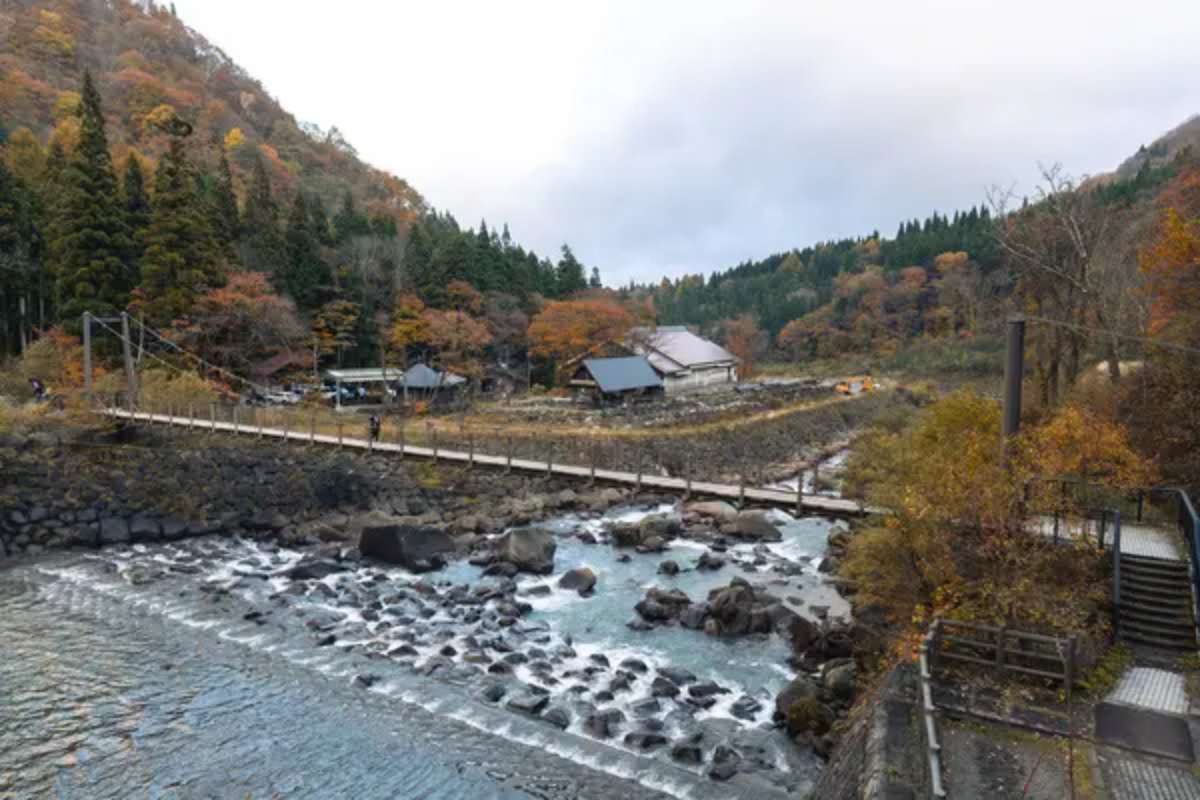
This Japanese city has refined sword and knife making for over 800 years, developing blade-folding techniques that create steel with remarkably consistent carbon distribution. Modern knife makers maintain traditional hand-forging methods alongside contemporary technologies, creating kitchen knives that chefs worldwide consider the ultimate cutting implements.
The city’s bladesmiths demonstrate an almost supernatural ability to judge hardening temperatures by color alone, creating hardness gradients within a single blade that optimize cutting performance while maintaining flexibility that prevents breakage.
Margate, England

This English seaside town produces extraordinarily realistic shell grottoes and shell art, creating intricate mosaics and three-dimensional sculptures from carefully selected and arranged seashells. The tradition began with the mysterious Shell Grotto, discovered in 1835—an underground passage covered with 4.6 million shells arranged in cryptic patterns by unknown creators.
Modern shell artists continue creating works of remarkable complexity using techniques passed through generations, demonstrating unusual ability to select and place tiny shell fragments to create subtle gradients and shadows in purely natural materials using only the natural hues of shells, without dyes or artificial colors.
Meissen, Germany
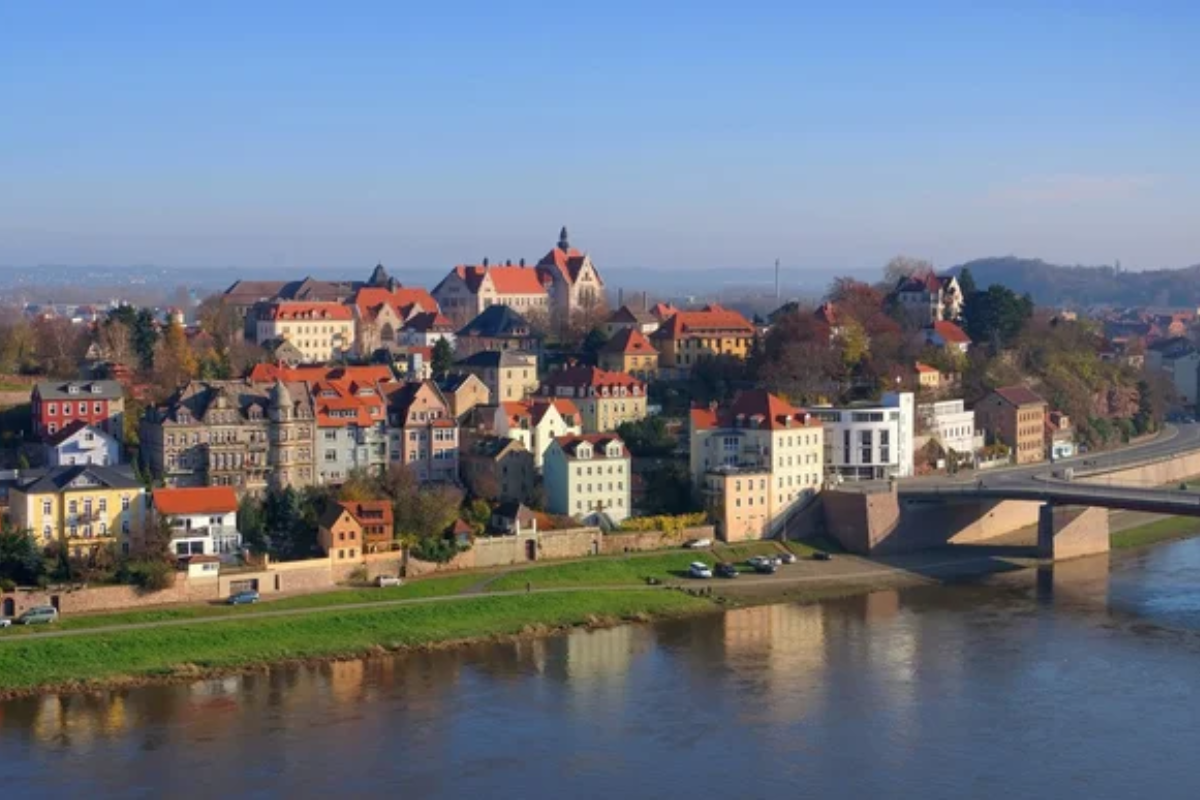
This small Saxon town revolutionized European porcelain, discovering formulations that matched Chinese quality after centuries of failed attempts elsewhere. The town maintains specialized knowledge of kaolin processing that creates exceptional translucency in fired pieces, with techniques closely guarded since 1710.
Artists train for years to master the distinctive cobalt blue underglaze painting style, creating intricate designs applied to unfired porcelain—a process requiring extraordinary skill since the pigment appears dull gray until firing reveals the vibrant blue, making corrections impossible and requiring perfect first-attempt execution.
Like Travel Pug’s content? Follow us on MSN.
Sheffield, England
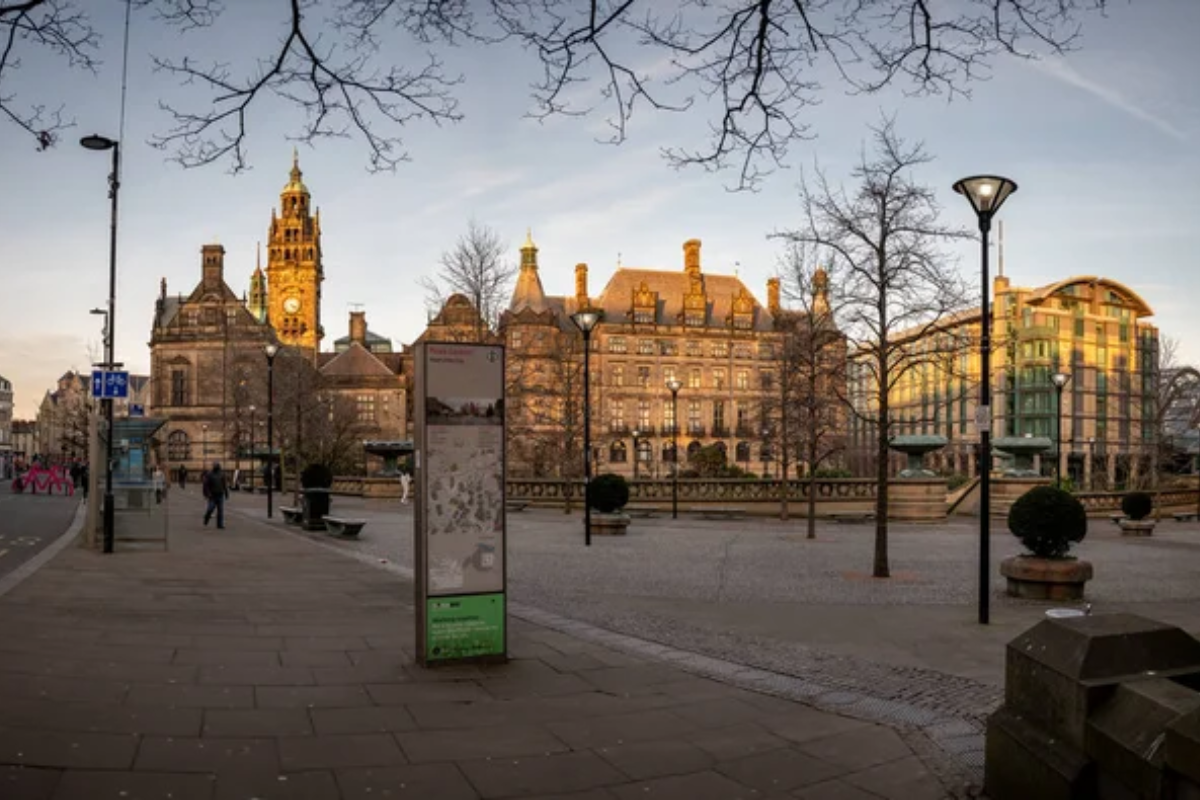
This northern English city developed specialized steel production techniques that produced cutting tools and instruments of exceptional quality, particularly for surgical applications. Despite global competition, Sheffield maintains expertise in creating steel with precisely controlled properties for specific applications.
The city’s metal workers can create specialized alloys tailored to particular uses, with some Sheffield surgical instruments still made individually by craftspeople who train for over a decade to develop the skill to create implements that maintain perfect tolerances without using computerized equipment.
Kyoto’s Nishijin District, Japan
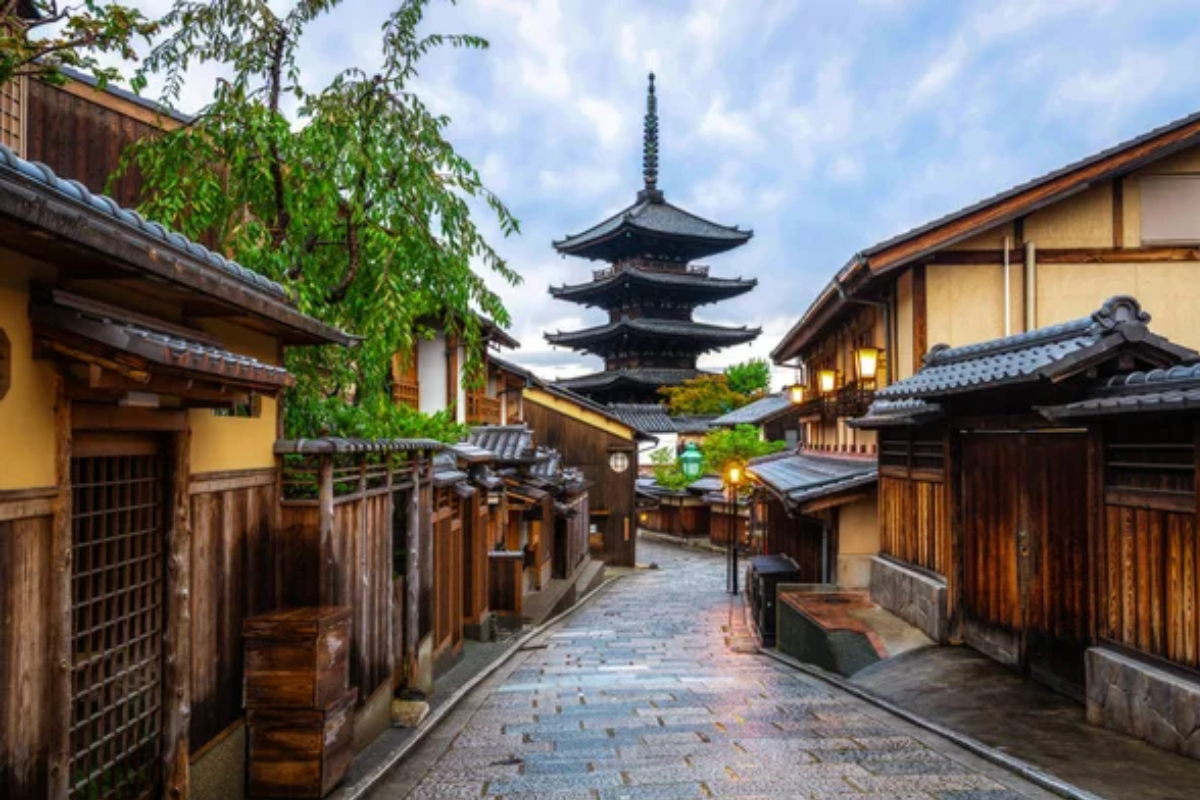
This historic neighborhood within Kyoto specializes in creating fabric of extraordinary complexity, particularly in the form of obi—the wide sashes used with traditional kimonos. Weavers train for decades to master techniques for making textiles incorporating precious metals and multiple weaving techniques within a single piece.
The district maintains specialized knowledge of natural dye creation from plants and insects, producing colors with remarkable longevity compared to synthetic alternatives. Master weavers can create patterns so intricate that a single ceremonial obi might require a month of continuous work on looms utilizing techniques unchanged for centuries.
Carrara, Italy

This Tuscan town has extracted and sculpted the world’s most perfect white marble since Roman times, supplying the gleaming stone that Michelangelo transformed into masterpieces like David and the Pietà. Local quarrymen possess inherited knowledge for identifying pristine marble veins hidden within mountains, using techniques to extract massive blocks without fractures that would compromise structural integrity.
The town’s stone workers demonstrate a remarkable ability to read the hidden grain of marble blocks, identifying the natural lines that allow sculptors to remove material without causing unexpected breaks, a skill developed through generations of working with a material where a single misplaced chisel strike can ruin months of work.
Like Travel Pug’s content? Follow us on MSN.
Expertise Embodied
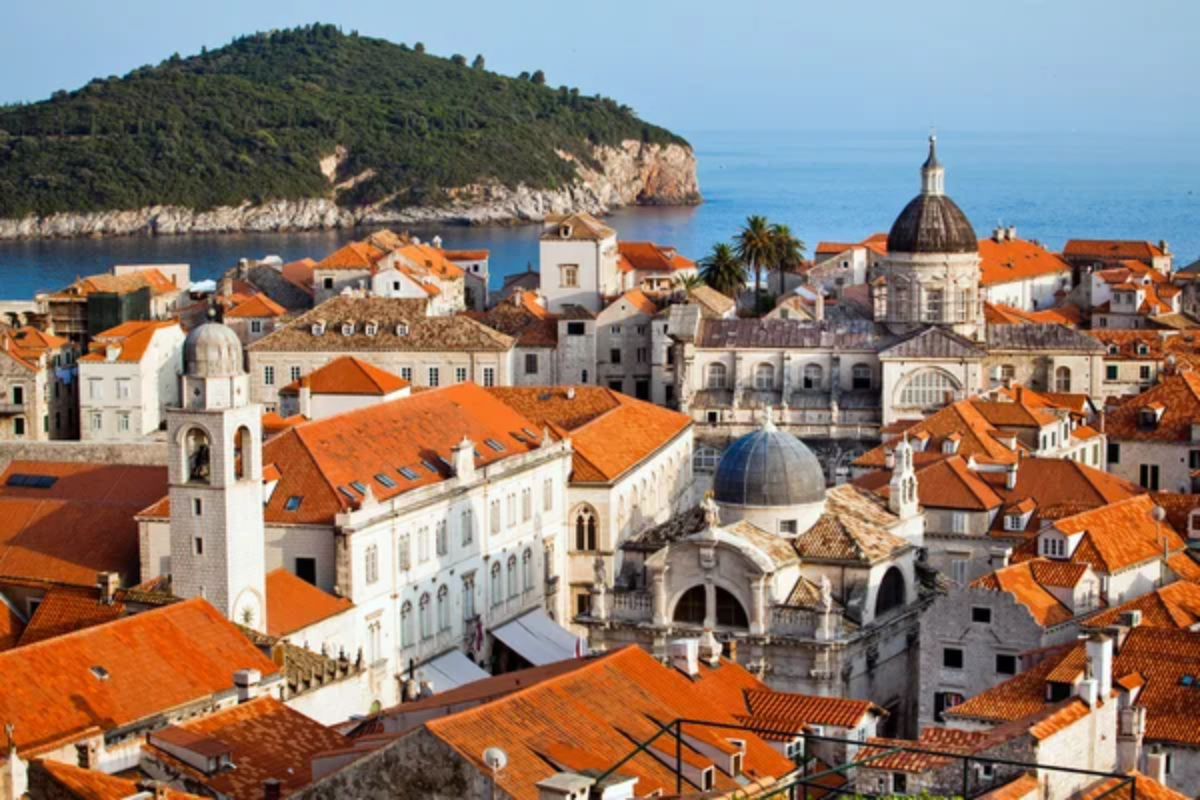
These remarkable towns represent the extraordinary potential of human specialization, where generations dedicated to perfecting a single craft create standards of excellence that seem almost supernatural to outsiders. Their continued success in an age of mass production and globalization demonstrates the enduring value of place-based knowledge and intergenerational training.
These communities remind us that true mastery often emerges not from individual genius but from collective expertise refined through centuries of focused attention. They prove that when it comes to creating objects of extraordinary quality, there remains no substitute for the accumulated wisdom of a community that has decided to become suspiciously good at just one thing.
More from Travel Pug

- Cities Growing so Fast You Won’t Recognize Them in 10 Years
- 13 Destinations Where Tourists Regularly Regret Their Trip
- 16 U.S. Cities That Are Quietly Becoming Travel Hotspots
- Where to Travel If You Love Long Bus Rides and Daydreams
- 20 Cities Perfect for Solo Travelers Who Crave Adventure & Culture
Like Travel Pug’s content? Follow us on MSN.
